Home>Kitchen & Cooking>Kitchen Gadgets & Utensils>How To Clean Mineral Deposits From Tea Kettle
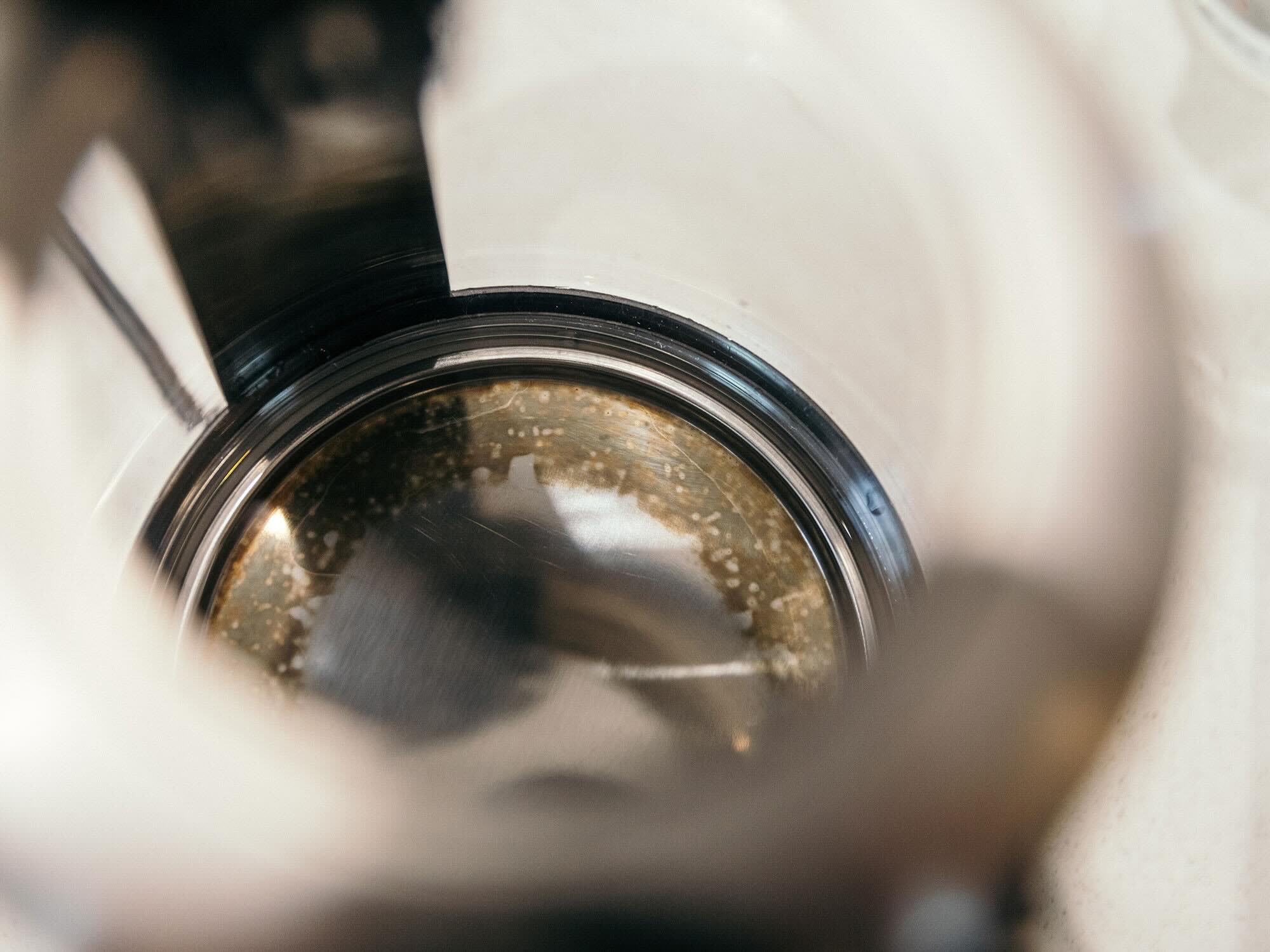

Kitchen Gadgets & Utensils
How To Clean Mineral Deposits From Tea Kettle
Modified: August 17, 2024
Learn how to effectively remove mineral deposits from your tea kettle with our expert tips and keep your kitchen gadgets and utensils sparkling clean. Say goodbye to stubborn stains and enjoy a limescale-free kettle!
(Many of the links in this article redirect to a specific reviewed product. Your purchase of these products through affiliate links helps to generate commission for Storables.com, at no extra cost. Learn more)
Introduction
There's nothing quite as comforting as a steaming cup of tea on a chilly day, and a well-loved tea kettle is often the cornerstone of this cherished ritual. Over time, however, mineral deposits can accumulate inside the kettle, affecting the taste of the water and potentially causing damage to the appliance. Fear not, as with a few simple materials and a bit of know-how, you can restore your tea kettle to its former glory.
In this guide, we'll delve into the art of banishing mineral deposits from your tea kettle, ensuring that each cup of tea is as pure and delightful as it should be. With a touch of care and the right techniques, you can bid farewell to those stubborn deposits and savor the true essence of your favorite brew. Let's embark on this journey to revive your tea kettle and elevate your tea-drinking experience.
Key Takeaways:
- Say goodbye to mineral deposits in your tea kettle by using vinegar, water, and baking soda. Boil the solution, scrub, rinse, and enjoy pure, delightful tea once again!
- Keep your tea kettle clean by using filtered water, gentle cleaning tools, and natural cleaning agents. Regular maintenance ensures a lifetime of delightful brews.
Read more: How To Remove Mineral Deposits From Glass
Materials Needed
Before embarking on the mission to rid your tea kettle of mineral deposits, it’s essential to gather the necessary materials. Fortunately, these items are likely already waiting in your kitchen, ready to assist you in this endeavor:
- Vinegar: This acidic marvel is a powerhouse when it comes to dissolving mineral deposits. Opt for white distilled vinegar, a staple found in many households, to effectively tackle the task at hand.
- Water: Pure and simple, water will play a crucial role in the cleaning process. Whether from the tap or a filtered source, it’s important to use clean water to achieve the best results.
- Baking Soda: This versatile ingredient is not just for baking – it can also aid in scrubbing away stubborn deposits and imparting a fresh, clean scent.
- Soft Cloth or Sponge: A gentle, non-abrasive cloth or sponge will be your ally in the battle against mineral deposits. Choose a material that won’t scratch the surface of your tea kettle.
- Soft-bristled Brush: For kettles with narrow openings or intricate designs, a soft-bristled brush can help reach those tricky spots and ensure a thorough cleaning.
With these trusty materials at your disposal, you’re well-equipped to commence the process of rejuvenating your tea kettle and bidding adieu to those pesky mineral deposits.
To clean mineral deposits from a tea kettle, fill the kettle with equal parts water and vinegar, then bring to a boil. Let it sit for a few hours, then scrub with a brush and rinse thoroughly.
Steps to Clean Mineral Deposits from Tea Kettle
Now that you’ve assembled your arsenal of cleaning materials, it’s time to roll up your sleeves and embark on the journey to restore your tea kettle to its former glory. Follow these simple yet effective steps to banish mineral deposits and revitalize your trusty kettle:
- Prepare the Cleaning Solution: Begin by creating a mixture of equal parts water and white distilled vinegar. The acidity of the vinegar will work wonders in dissolving the mineral deposits that have taken up residence in your tea kettle.
- Fill the Kettle: Pour the vinegar and water solution into the kettle, ensuring that it adequately covers the areas affected by mineral deposits. If the deposits are particularly stubborn, you can increase the vinegar concentration for enhanced cleaning power.
- Boil the Solution: Place the filled kettle on the stove and bring the solution to a boil. Allow it to simmer for several minutes, letting the acidic magic of the vinegar work its way through the mineral deposits.
- Let It Sit: After boiling, remove the kettle from the heat and let the solution sit for at least 15-20 minutes. This will give the vinegar ample time to loosen and dissolve the mineral deposits, making them easier to remove.
- Scrub and Rinse: Using a soft cloth, sponge, or soft-bristled brush, gently scrub the interior of the kettle to dislodge the loosened mineral deposits. For stubborn areas, a sprinkle of baking soda on the cloth can provide extra scrubbing power. Once the deposits are removed, thoroughly rinse the kettle with clean water.
- Boil Plain Water: To eliminate any lingering vinegar scent or taste, fill the kettle with plain water and bring it to a boil. Discard the water and repeat this rinsing process as needed until the vinegar odor is no longer detectable.
- Dry and Polish: Once the kettle is free of mineral deposits and any residual cleaning agents, dry the interior thoroughly with a clean, dry cloth. A final polish with a soft cloth can leave the kettle sparkling and ready to brew your favorite tea once again.
By following these steps, you can effectively cleanse your tea kettle of mineral deposits, ensuring that your next cup of tea is as pure and delightful as it should be. With a little effort and the right techniques, your tea kettle will be primed to deliver the perfect brew, free from the interference of mineral deposits.
Additional Tips for Maintaining a Clean Tea Kettle
Once you’ve successfully restored your tea kettle to its pristine state, it’s essential to implement practices that will help maintain its cleanliness and functionality. Consider the following tips to prolong the life of your tea kettle and keep it free from mineral deposits:
- Regular Cleaning Routine: Incorporate a regular cleaning schedule for your tea kettle to prevent mineral deposits from accumulating. A quick rinse and wipe after each use can go a long way in preserving the kettle’s interior.
- Use Filtered Water: If your area has hard water, consider using filtered water when filling your kettle. This can minimize the buildup of mineral deposits and prolong the intervals between deep cleaning sessions.
- Avoid Prolonged Water Storage: Refrain from leaving water sitting in the kettle for extended periods, as this can contribute to the formation of mineral deposits. Empty the kettle after each use to prevent the buildup of residue.
- Consider Descaling Products: Explore commercial descaling products specifically designed for removing mineral deposits from kitchen appliances. These products can provide an extra boost in combating stubborn buildup.
- Inspect and Address Early Signs: Periodically inspect the interior of your tea kettle for any early signs of mineral deposits. Addressing these signs promptly can prevent the deposits from hardening and becoming more challenging to remove.
- Opt for Gentle Cleaning Tools: When cleaning the interior of the kettle, stick to soft cloths, sponges, and brushes with gentle bristles to avoid damaging the surface while effectively removing deposits.
- Embrace Natural Cleaning Agents: In addition to vinegar and baking soda, consider using lemon juice or citric acid as natural alternatives for removing mineral deposits. These options can be equally effective and environmentally friendly.
By incorporating these additional tips into your tea kettle maintenance routine, you can prolong its lifespan and ensure that mineral deposits remain at bay. With a proactive approach and a touch of regular care, your tea kettle will continue to serve up delightful brews without the interference of stubborn mineral deposits.
Frequently Asked Questions about How To Clean Mineral Deposits From Tea Kettle
Was this page helpful?
At Storables.com, we guarantee accurate and reliable information. Our content, validated by Expert Board Contributors, is crafted following stringent Editorial Policies. We're committed to providing you with well-researched, expert-backed insights for all your informational needs.
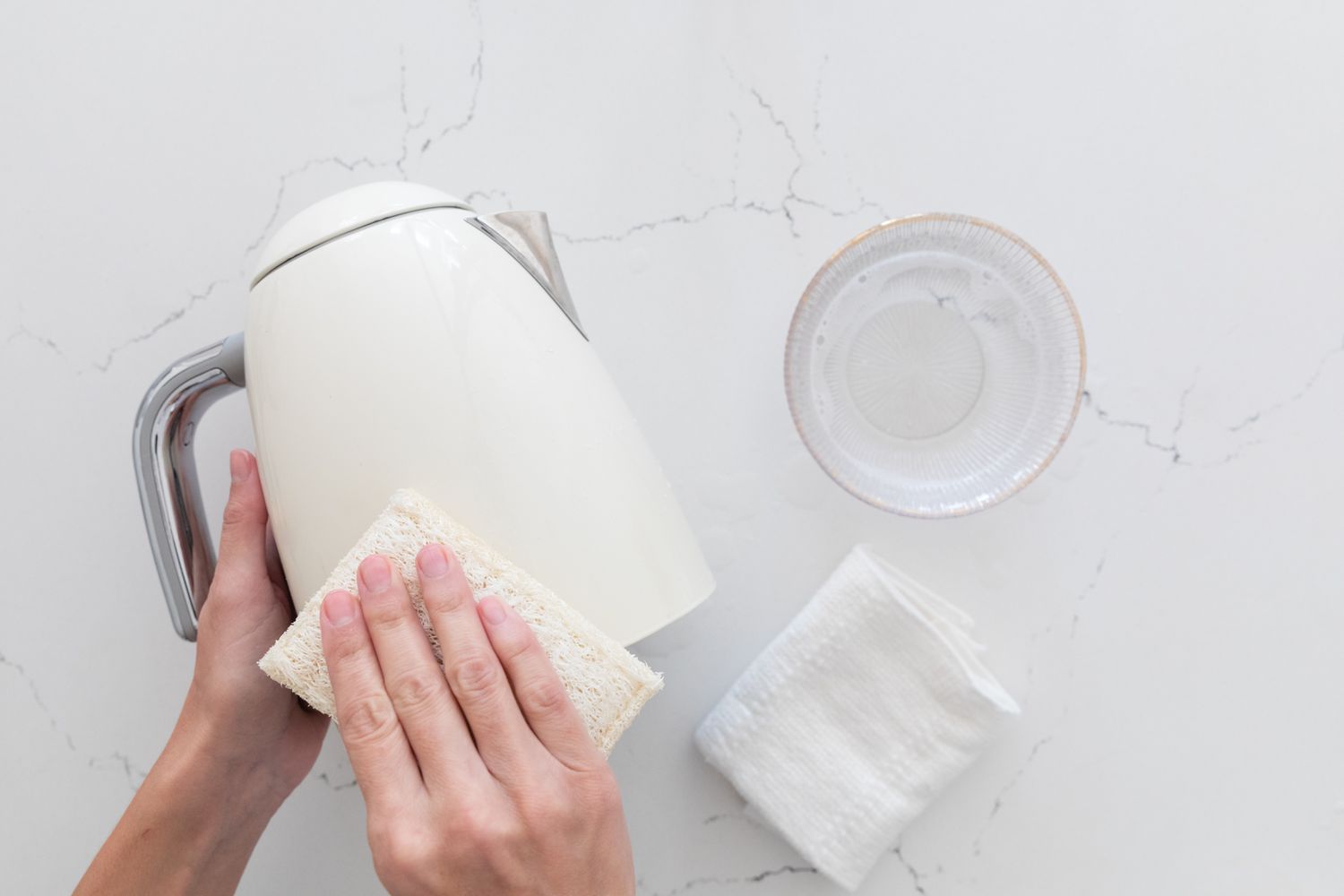
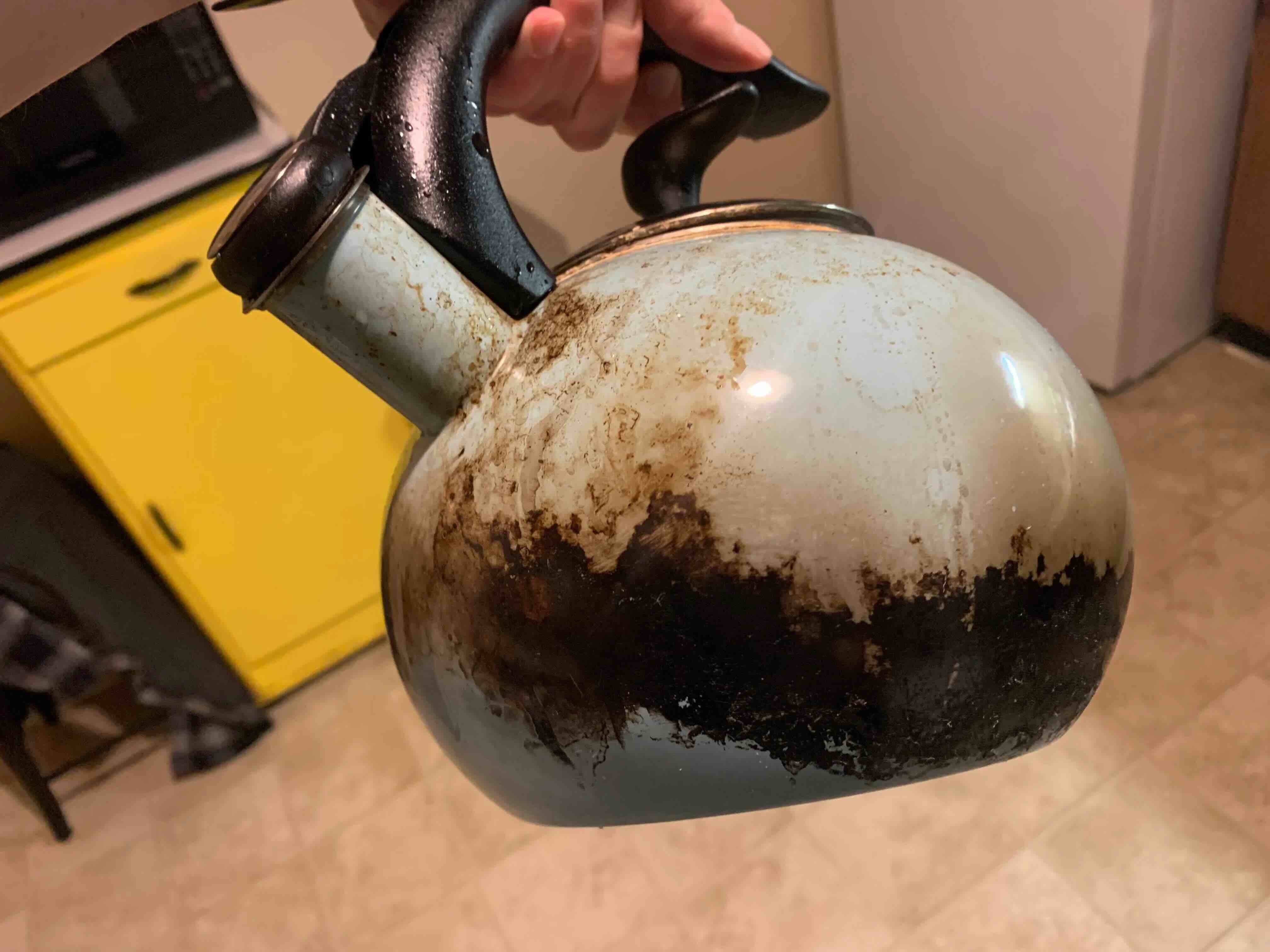

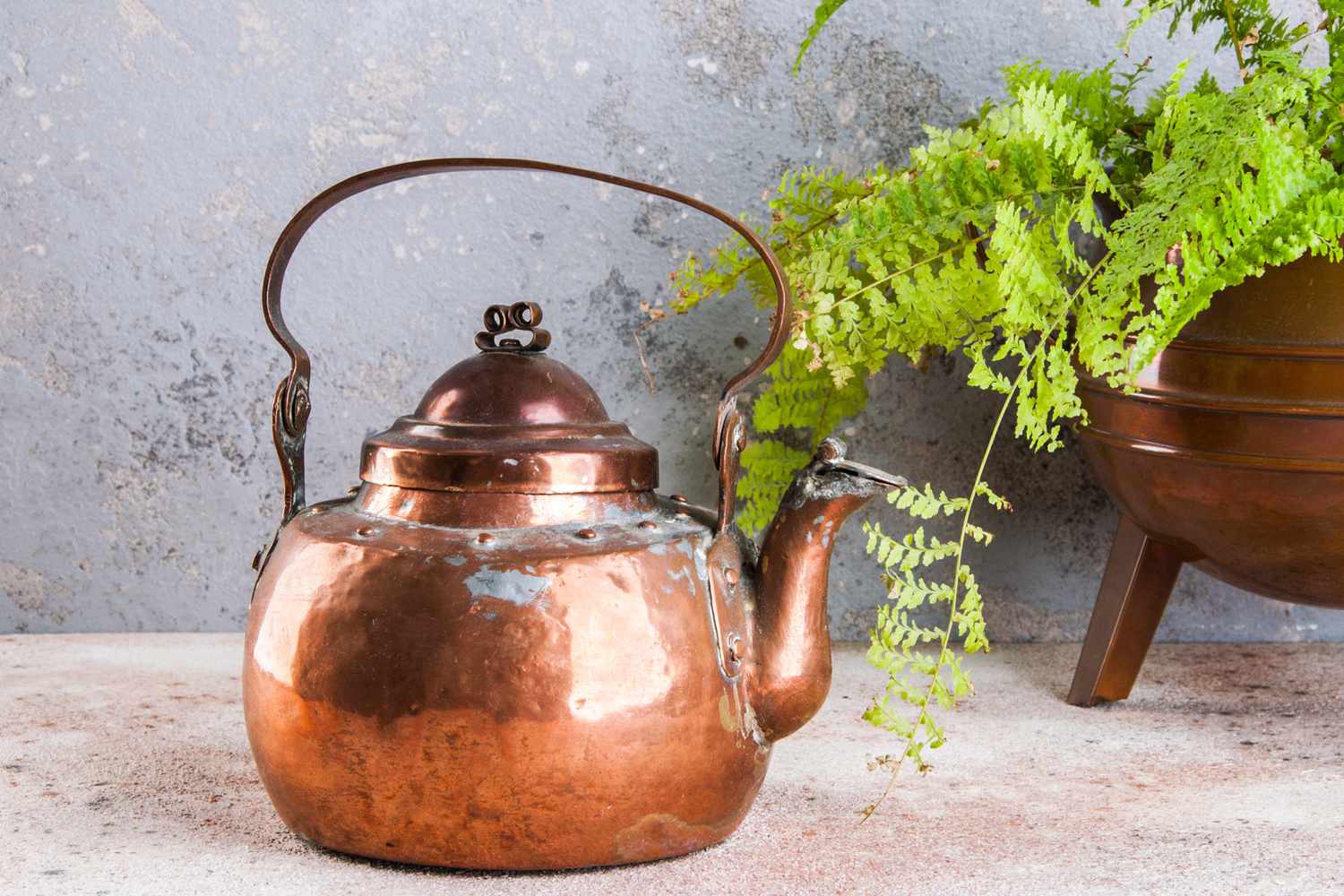
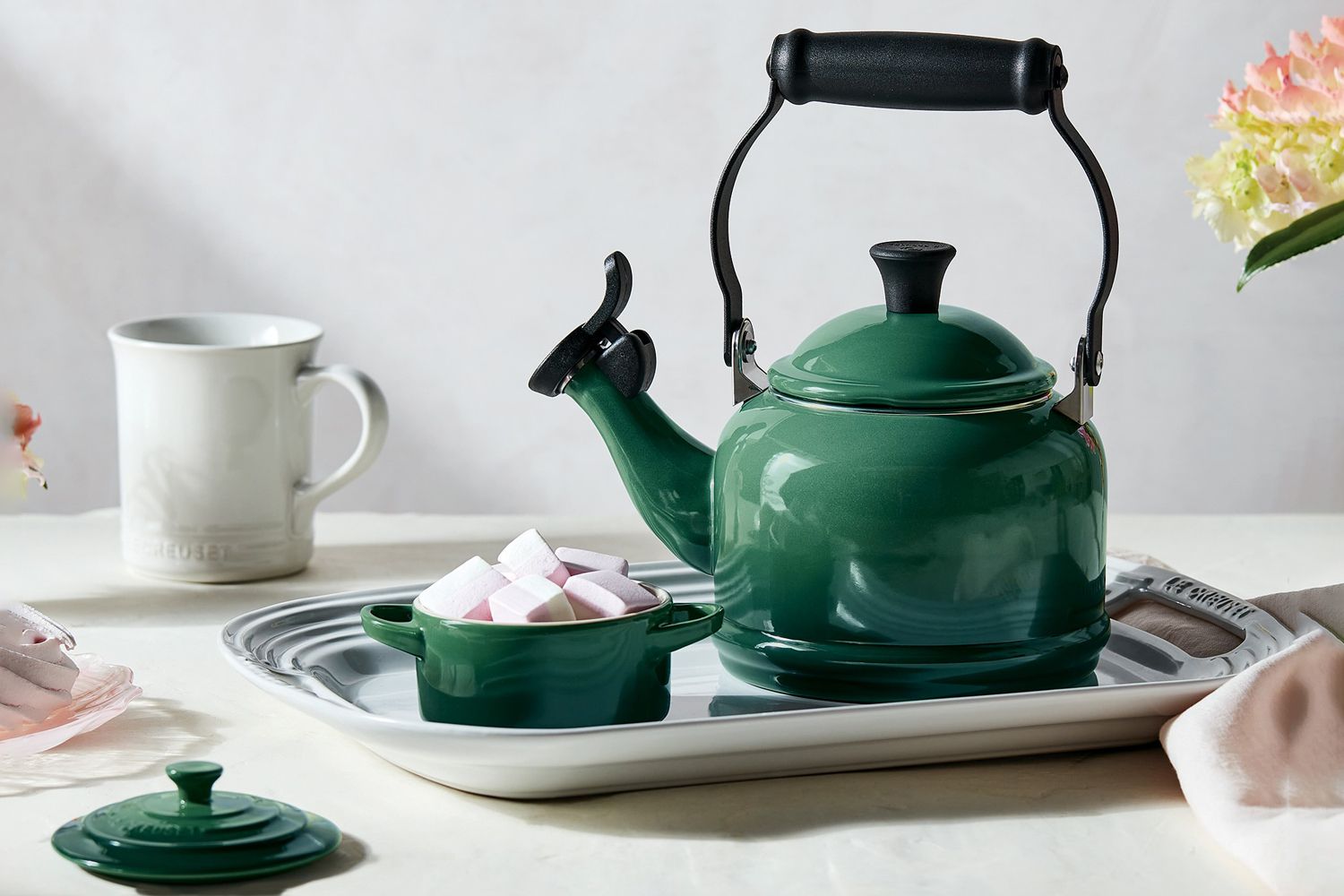
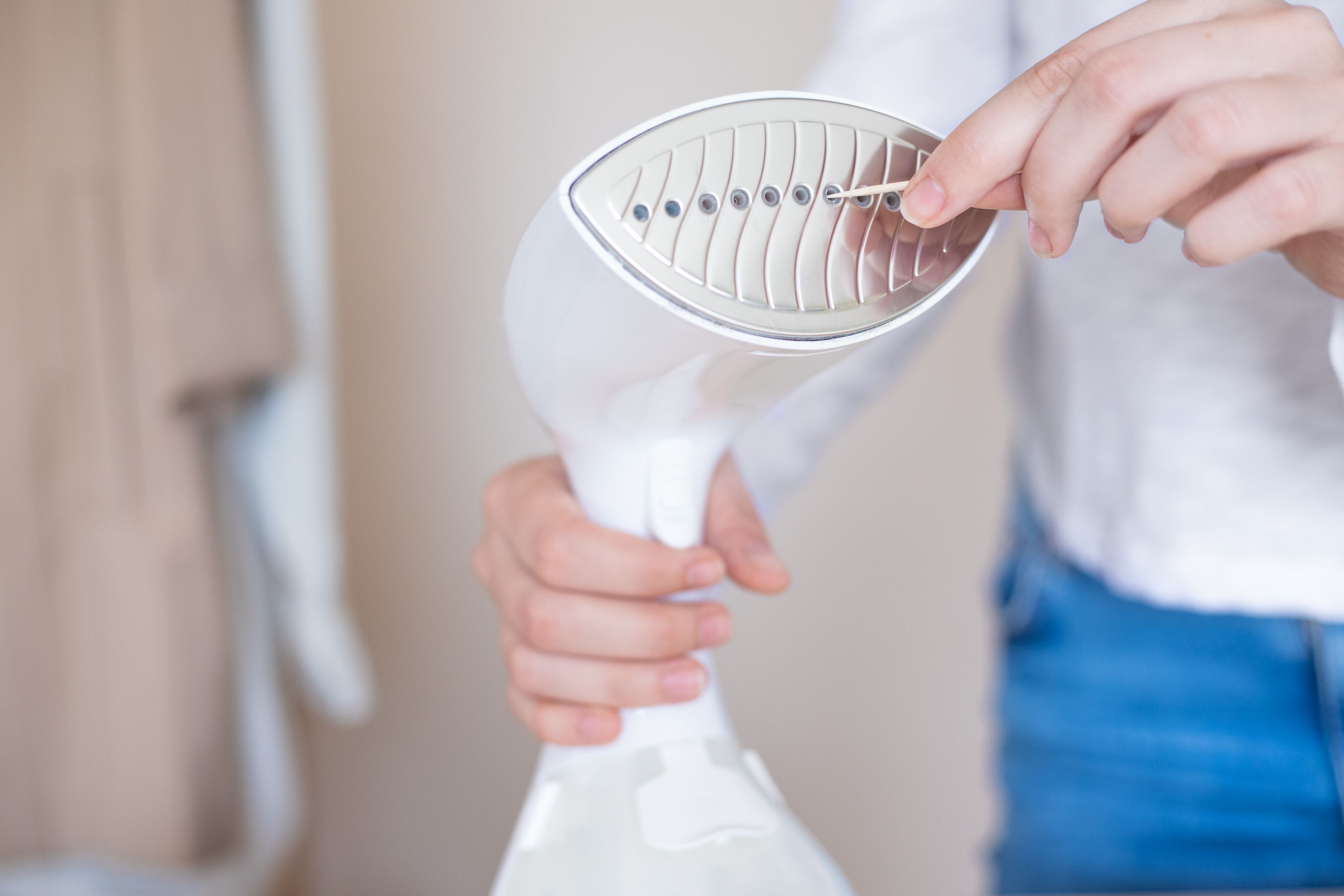
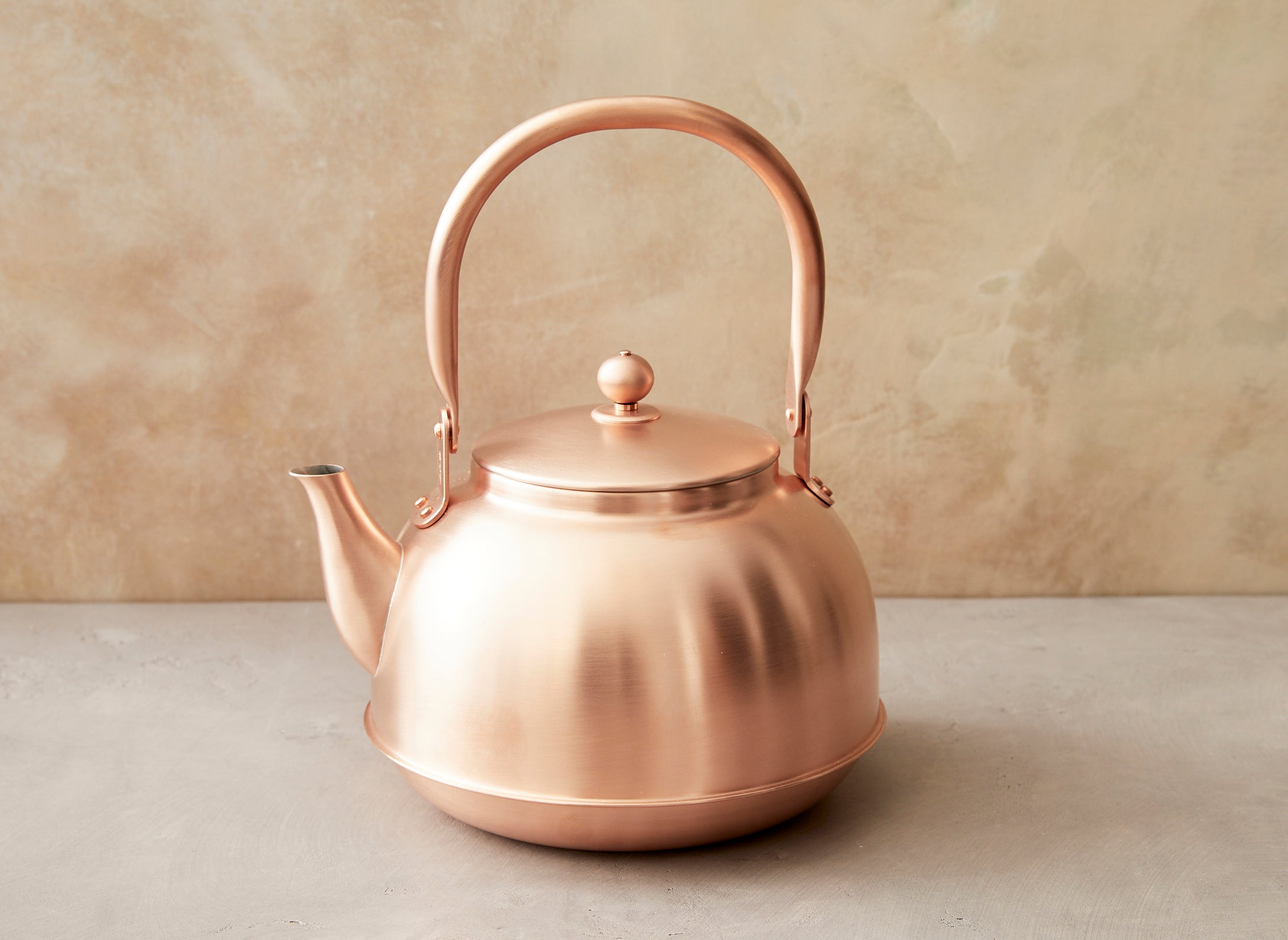
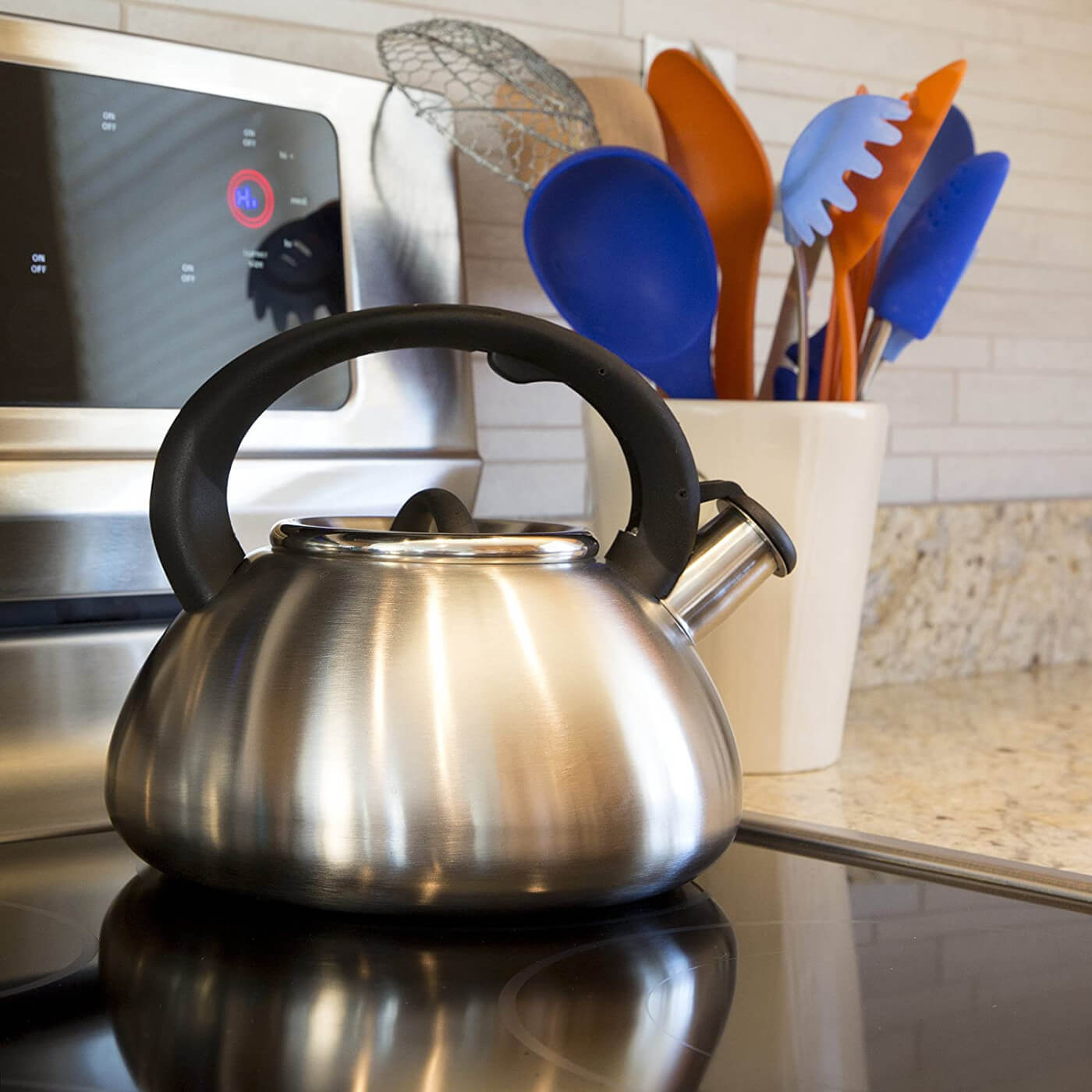
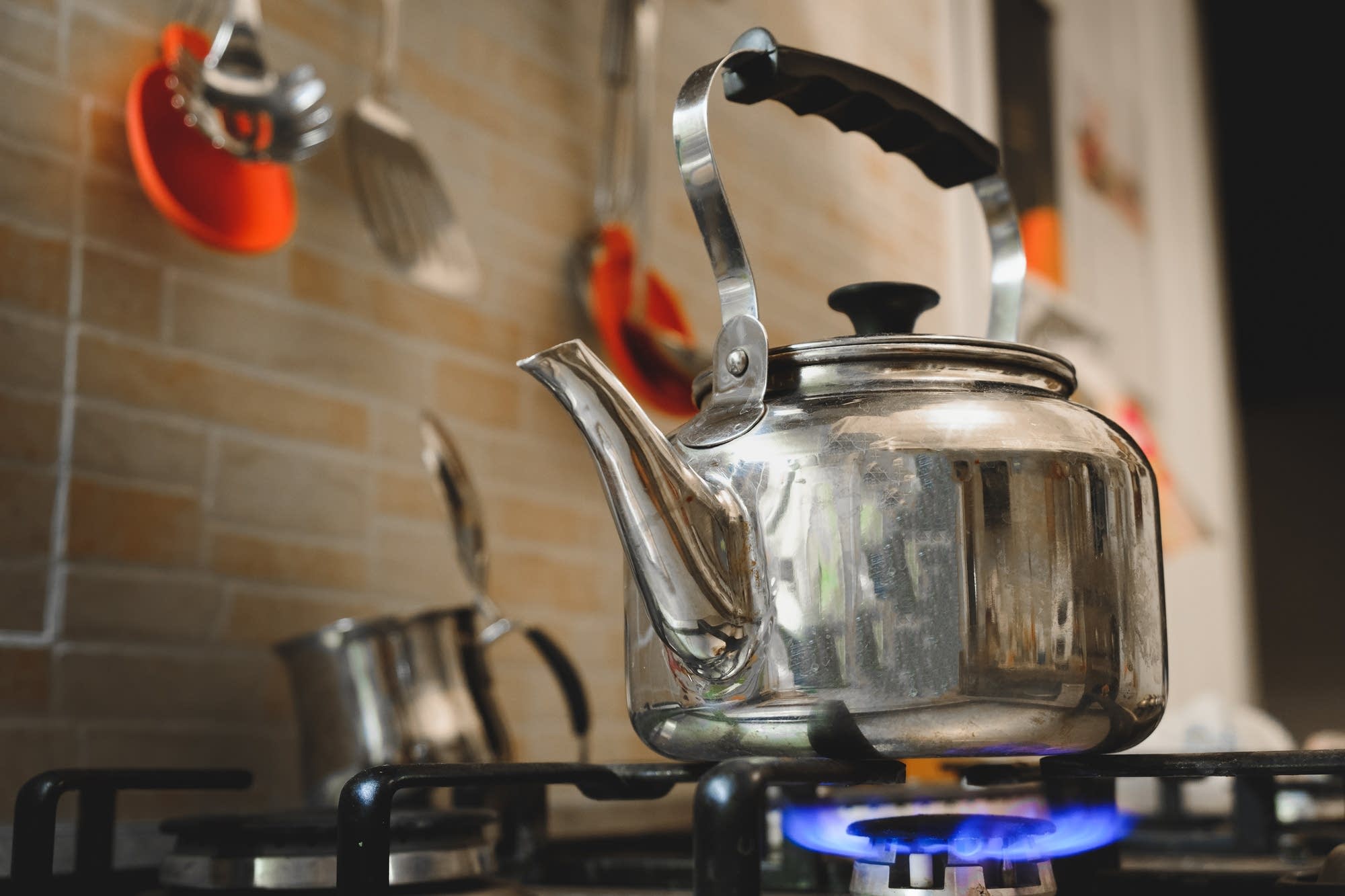
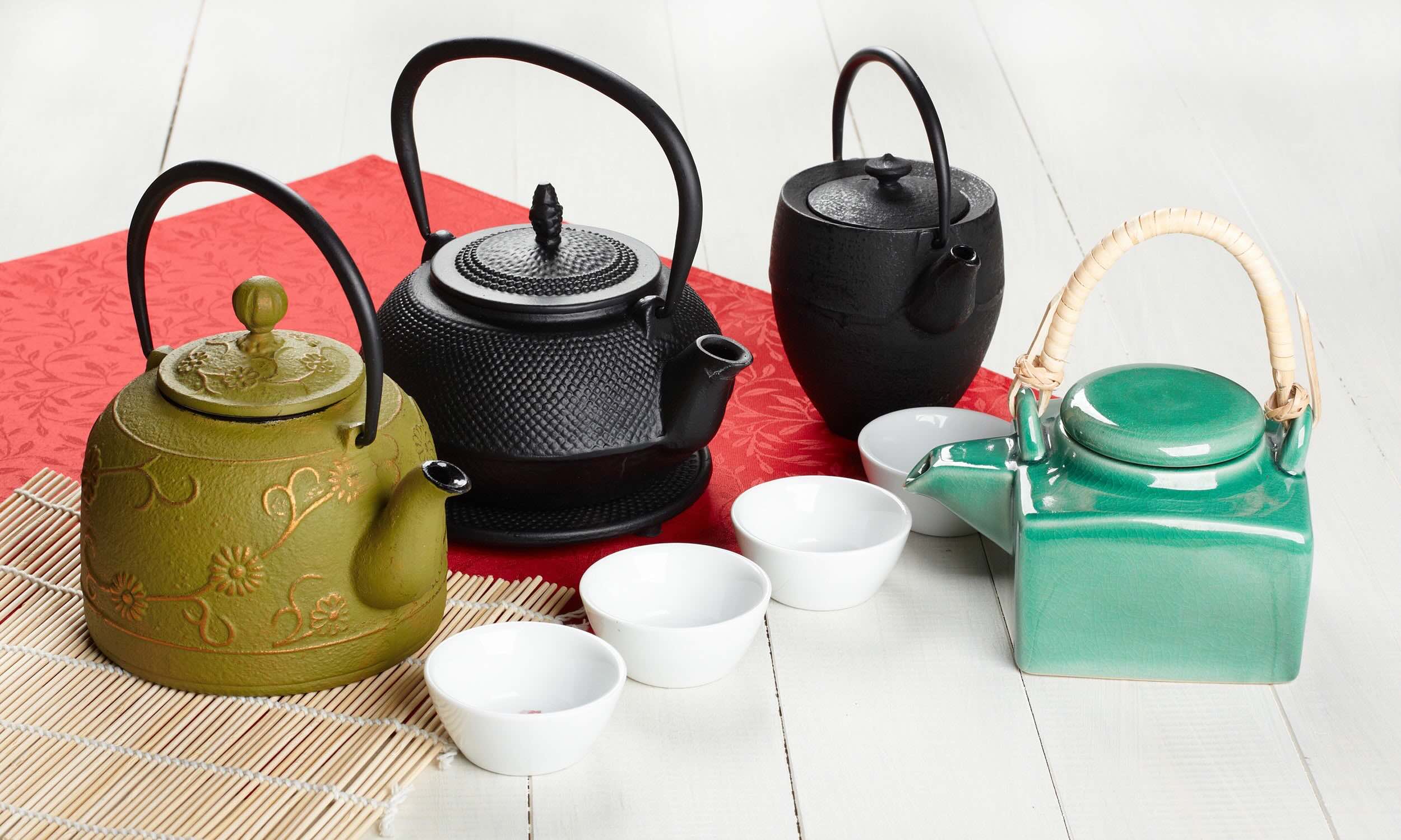

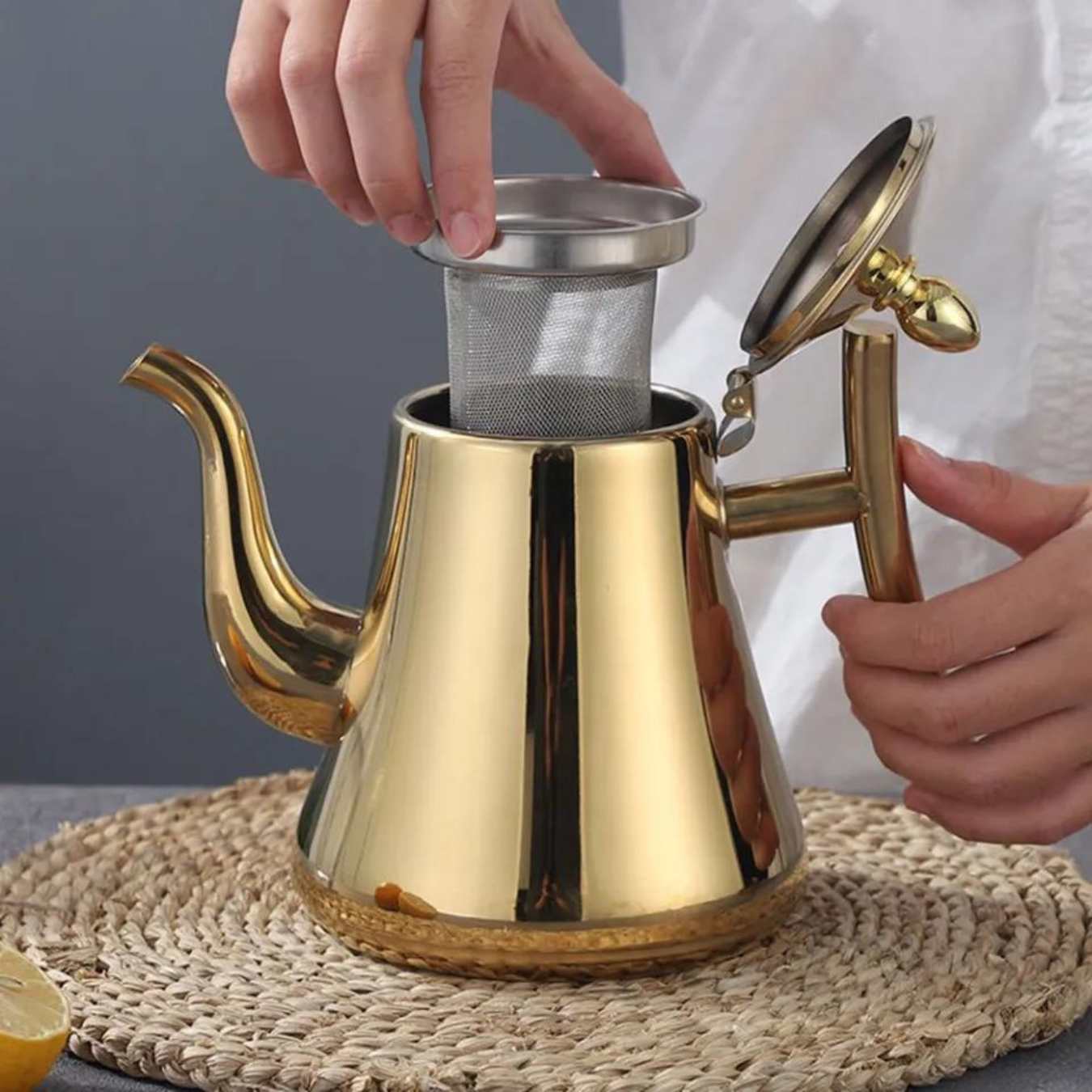
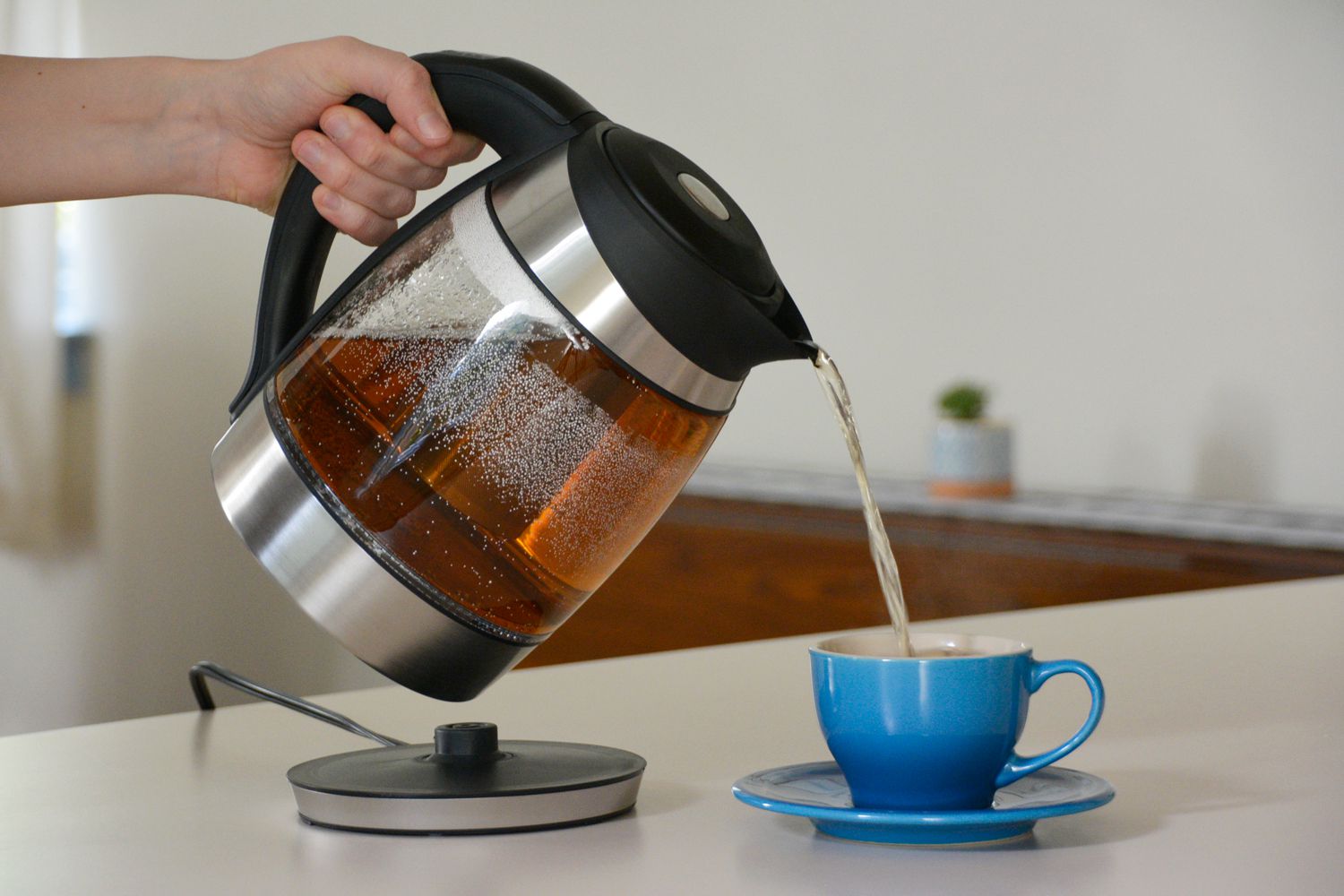
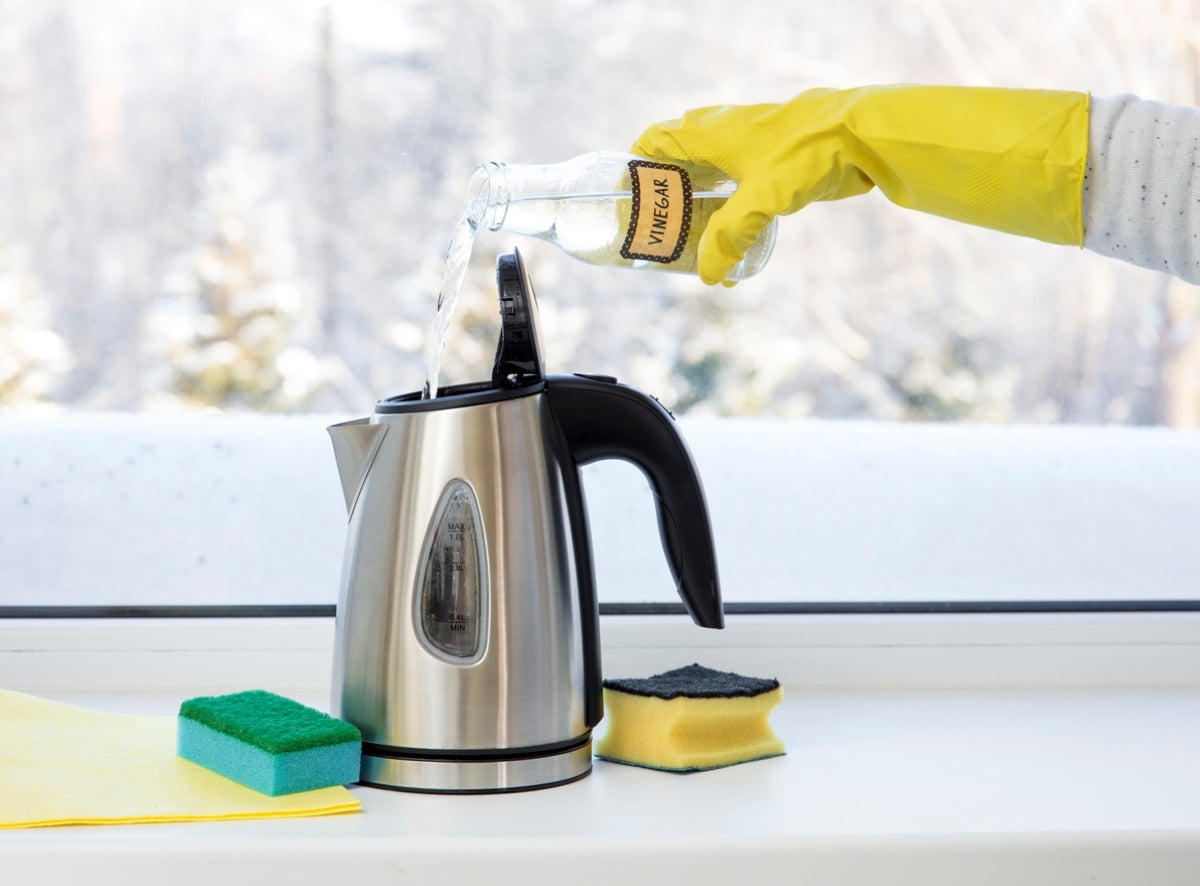
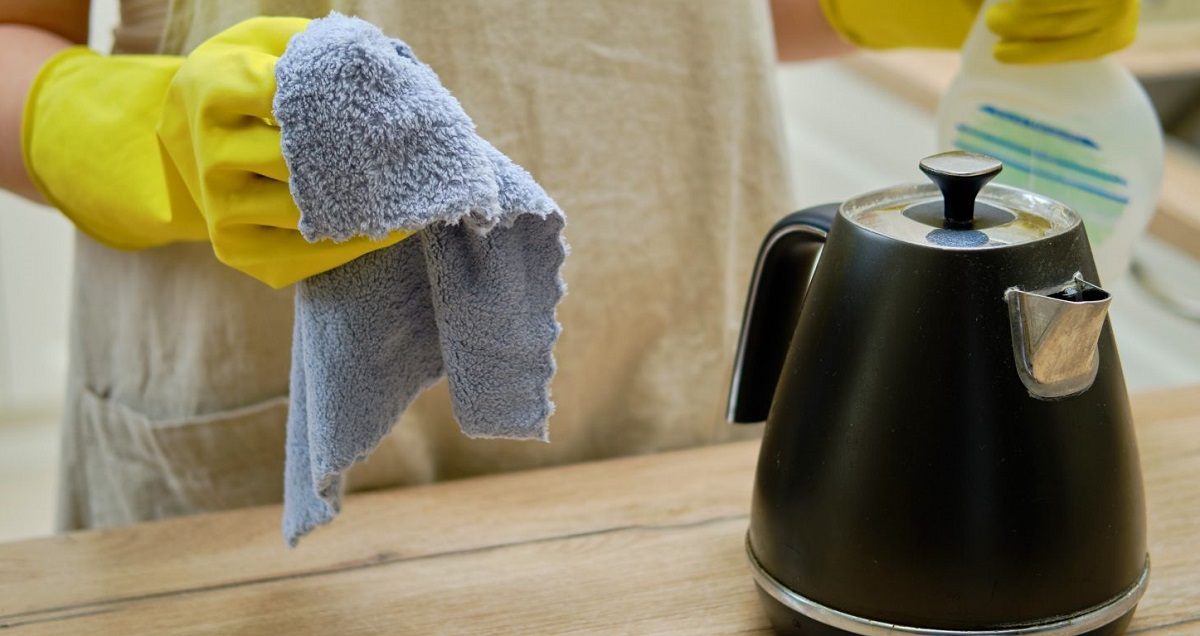

0 thoughts on “How To Clean Mineral Deposits From Tea Kettle”